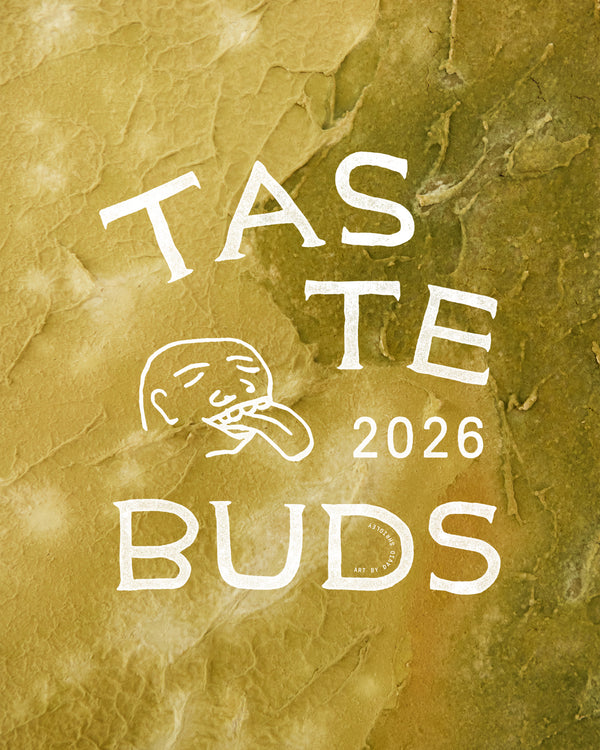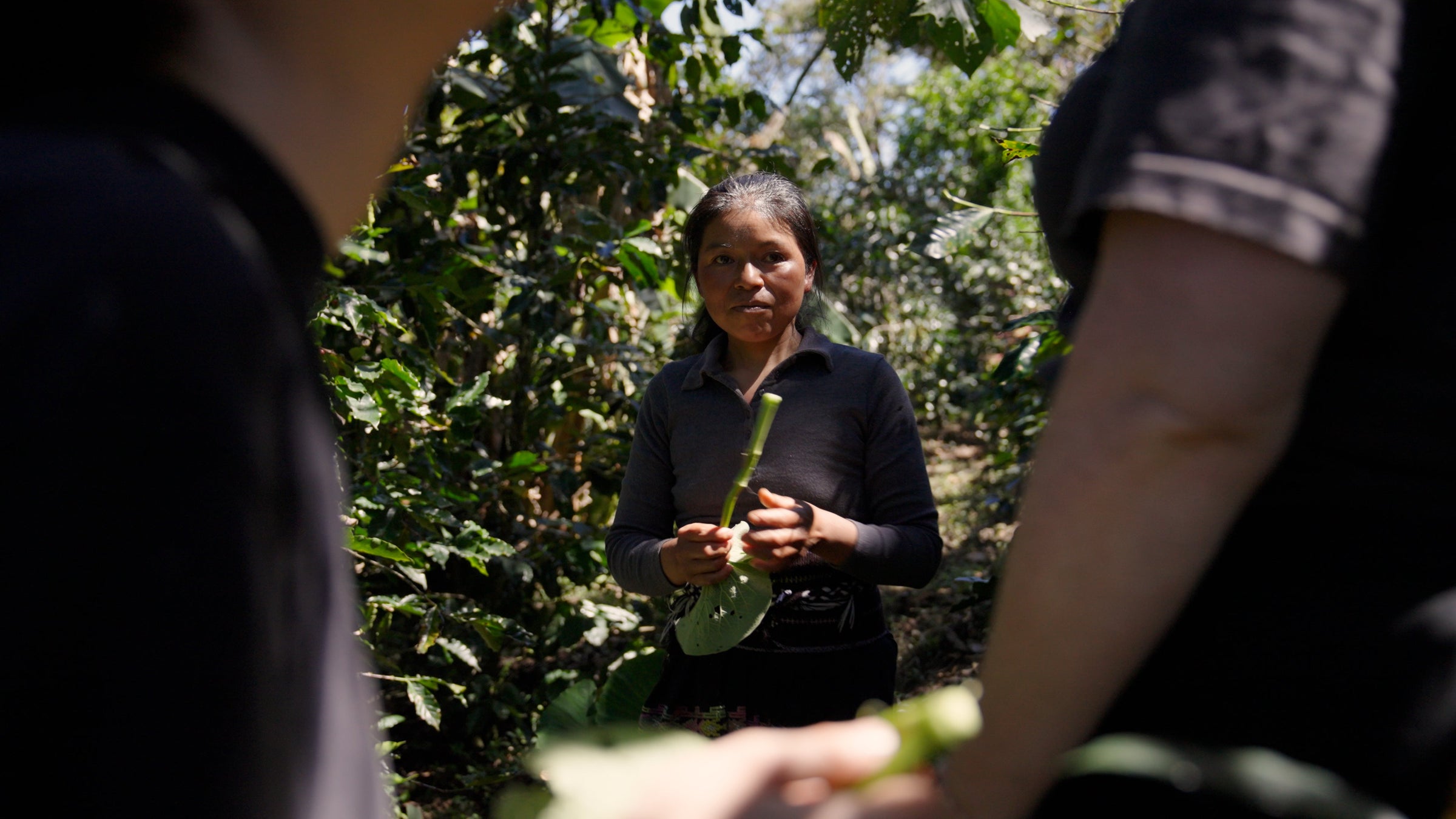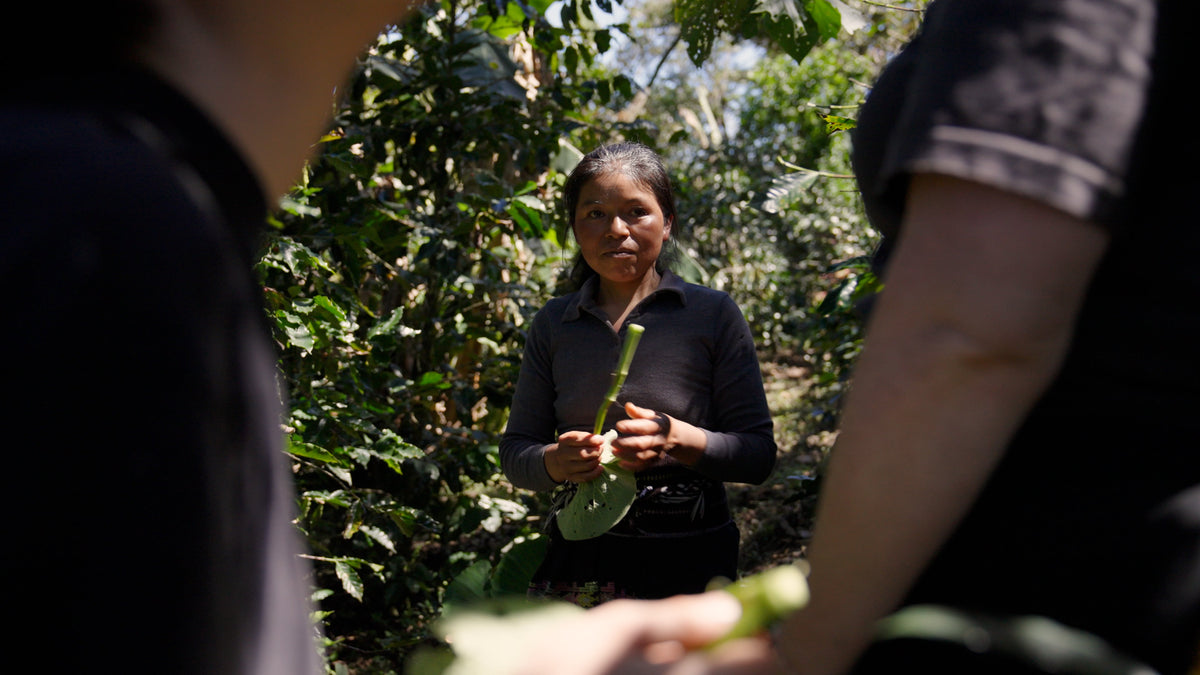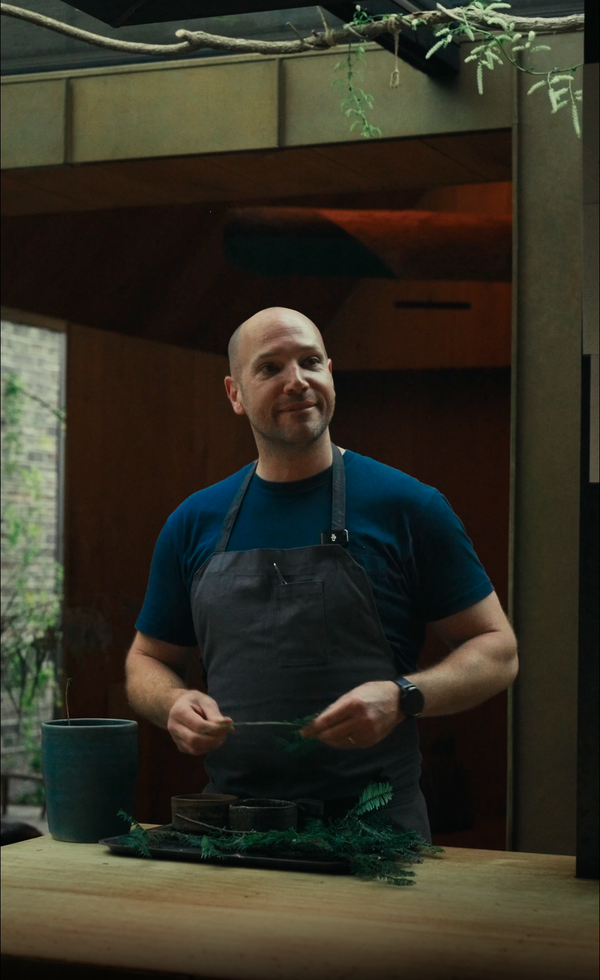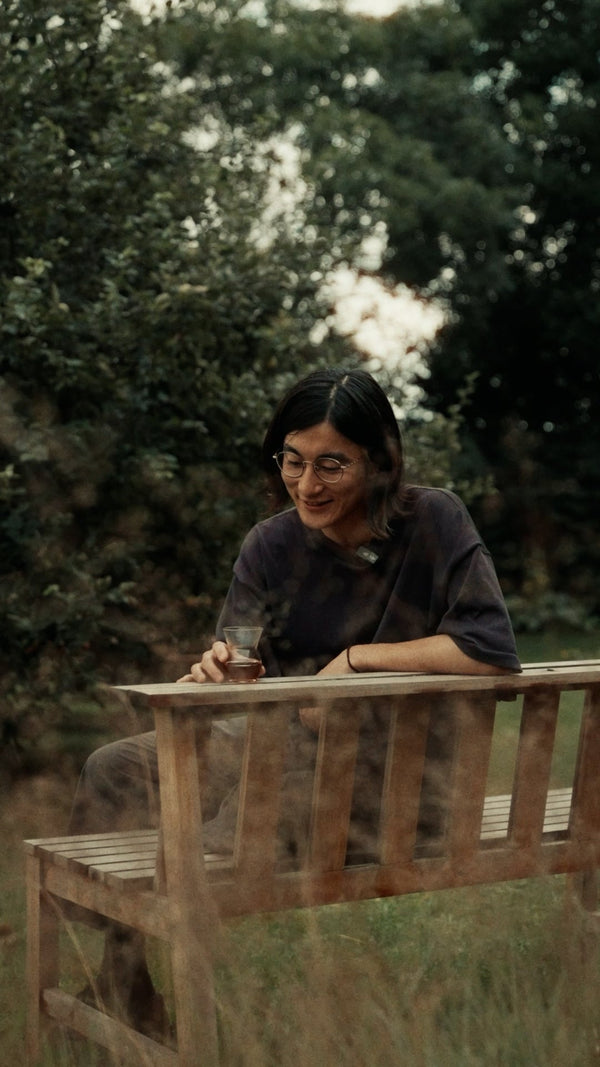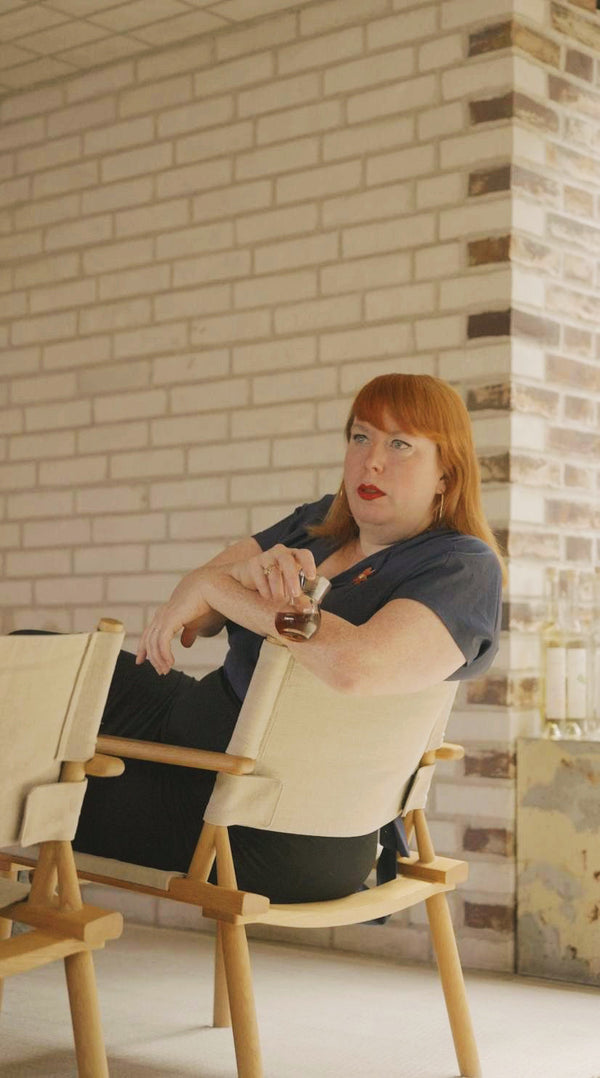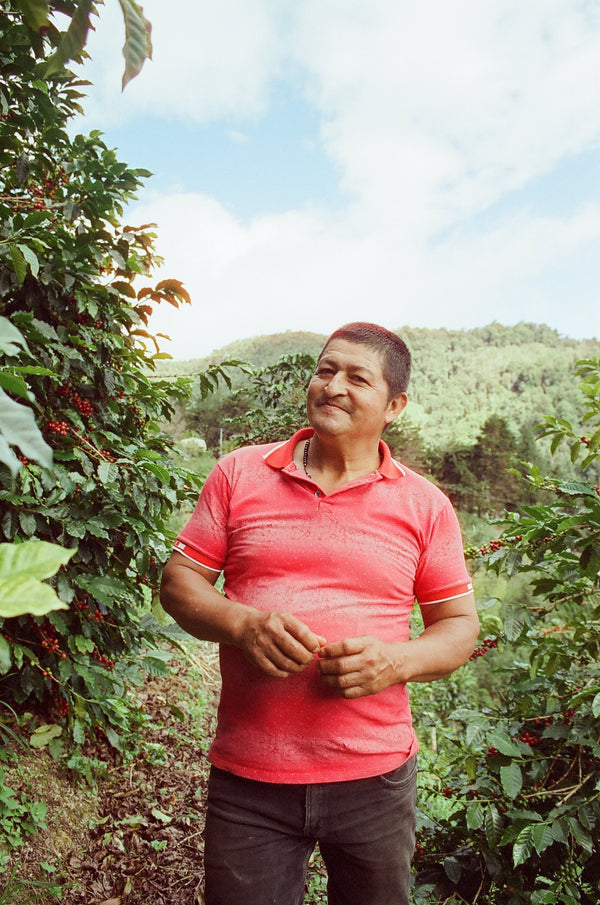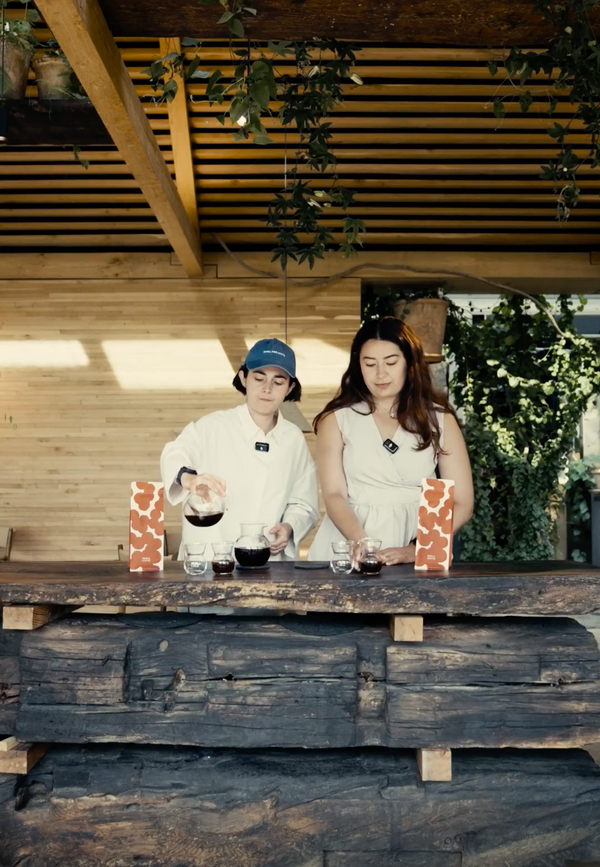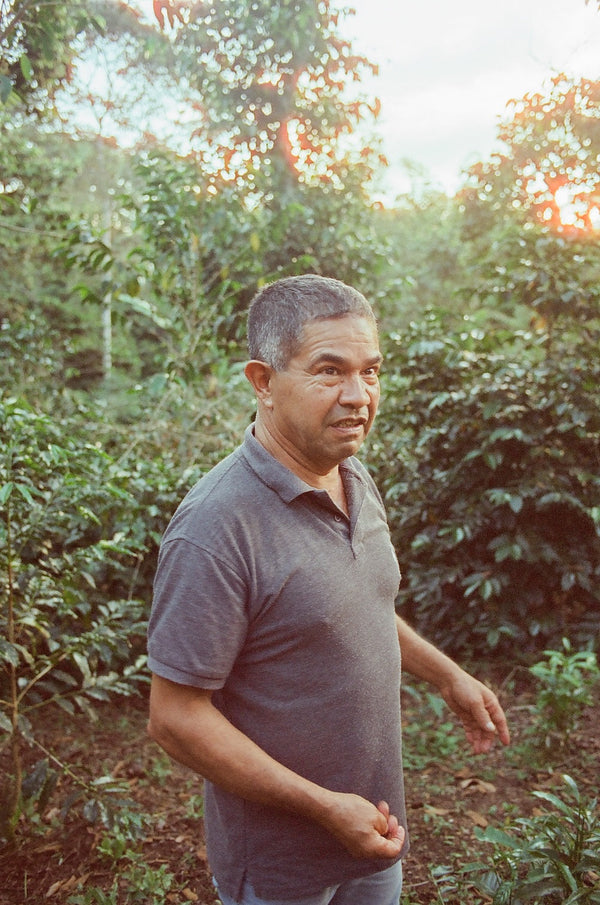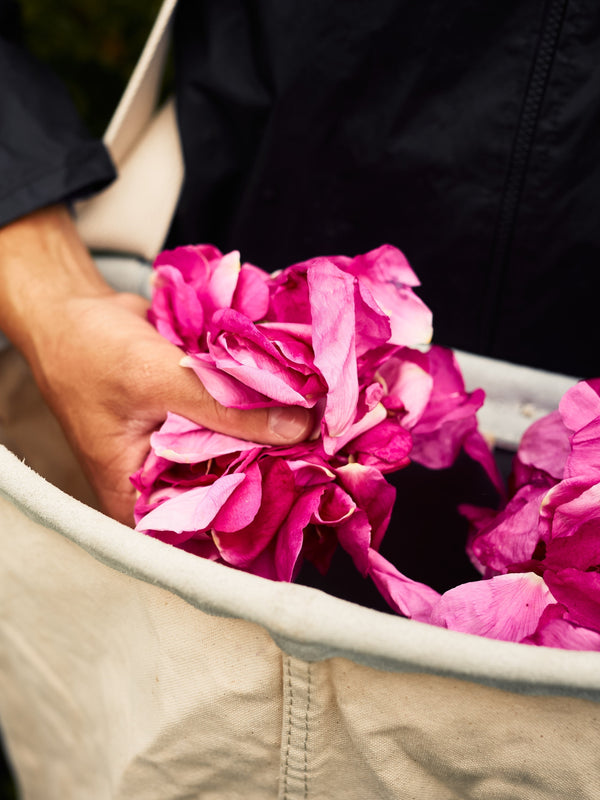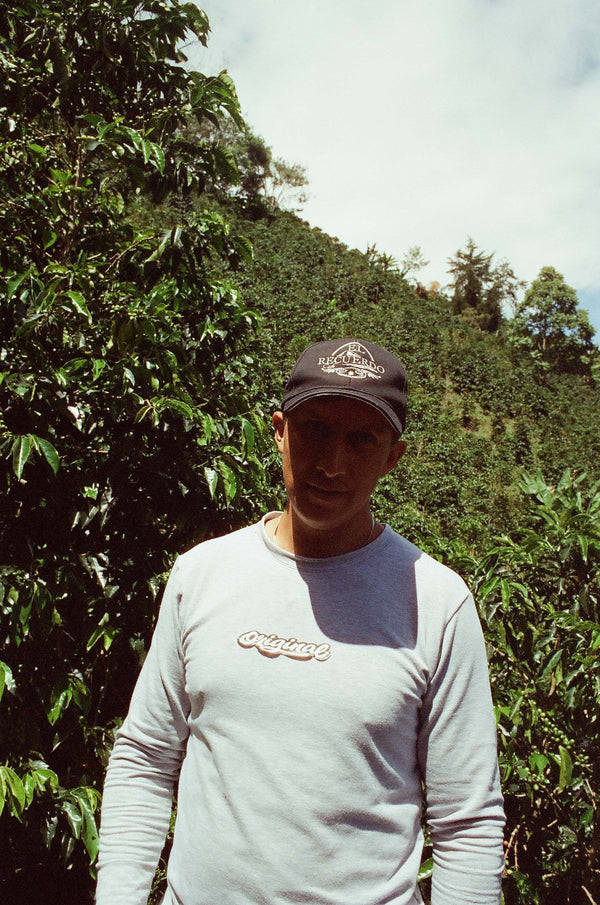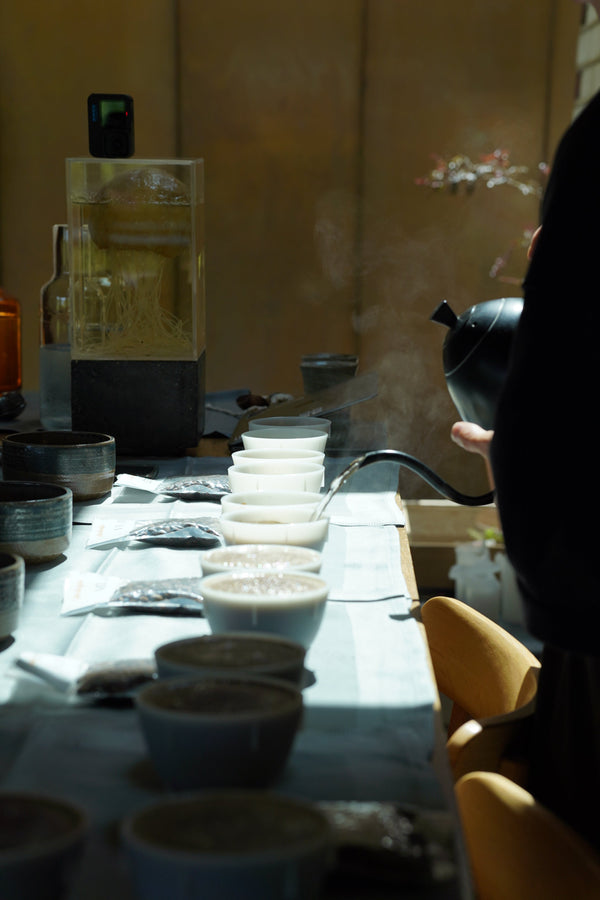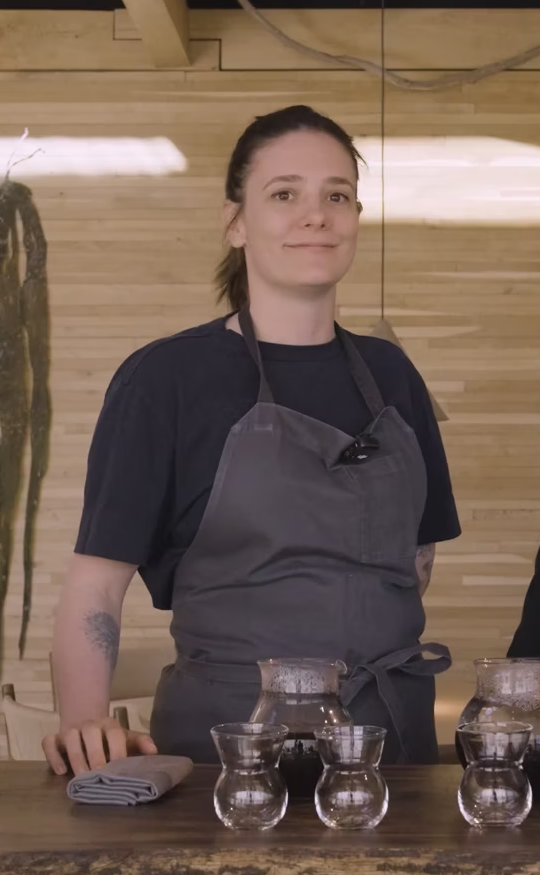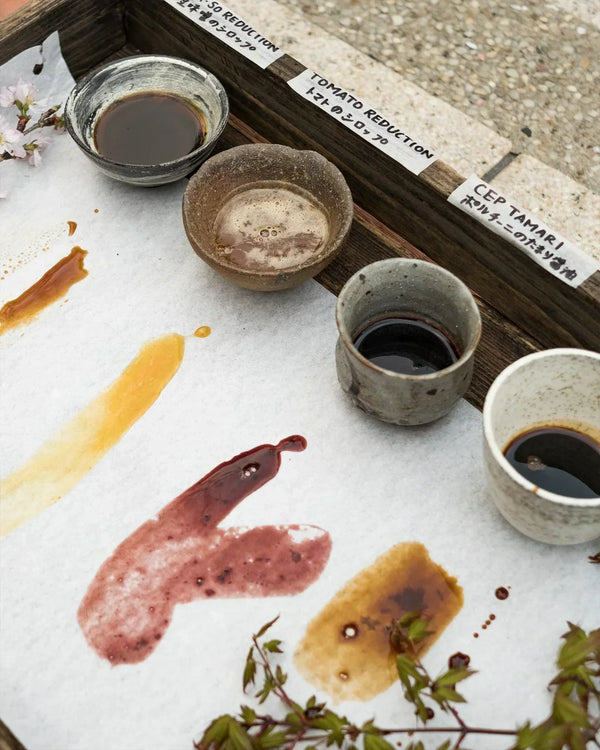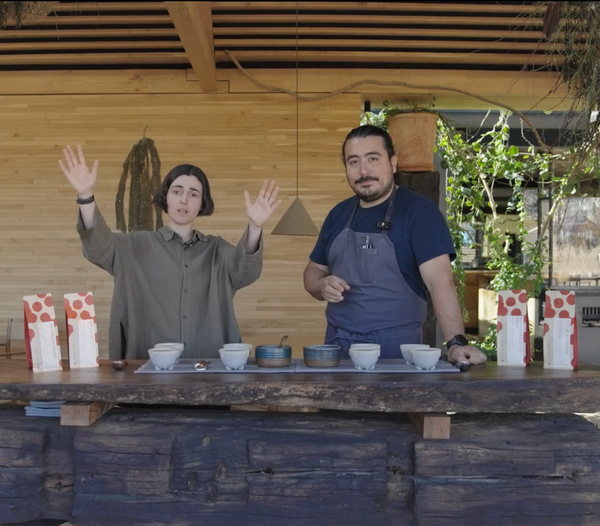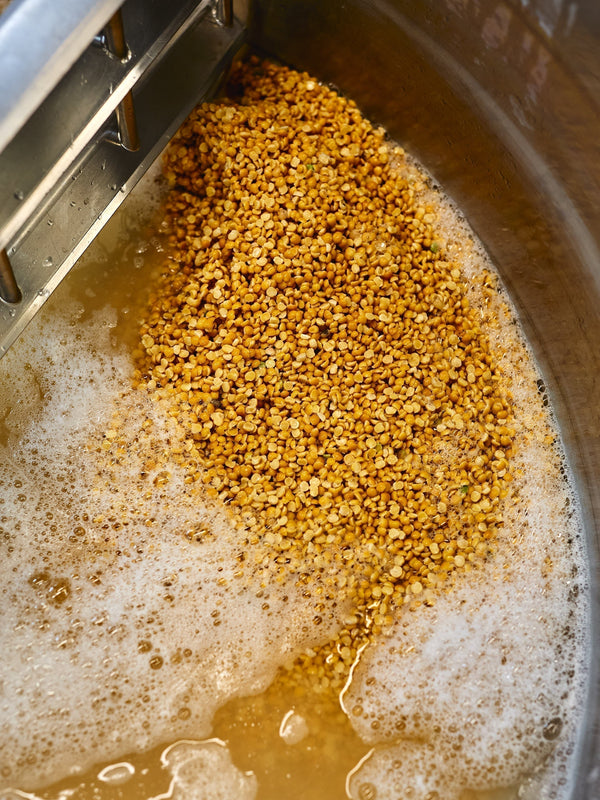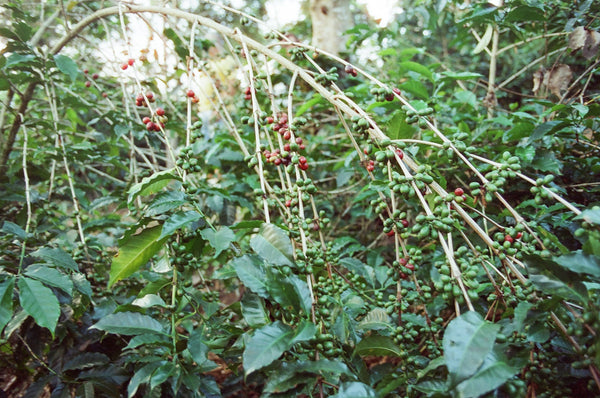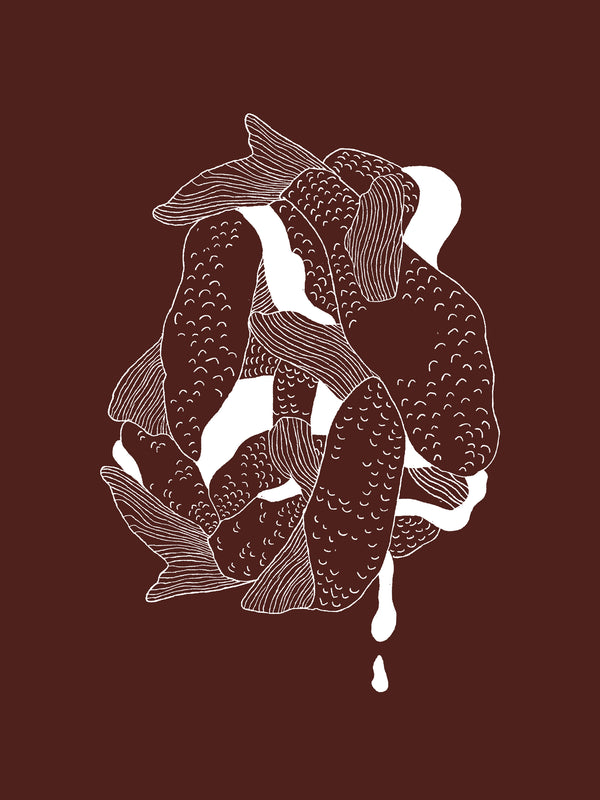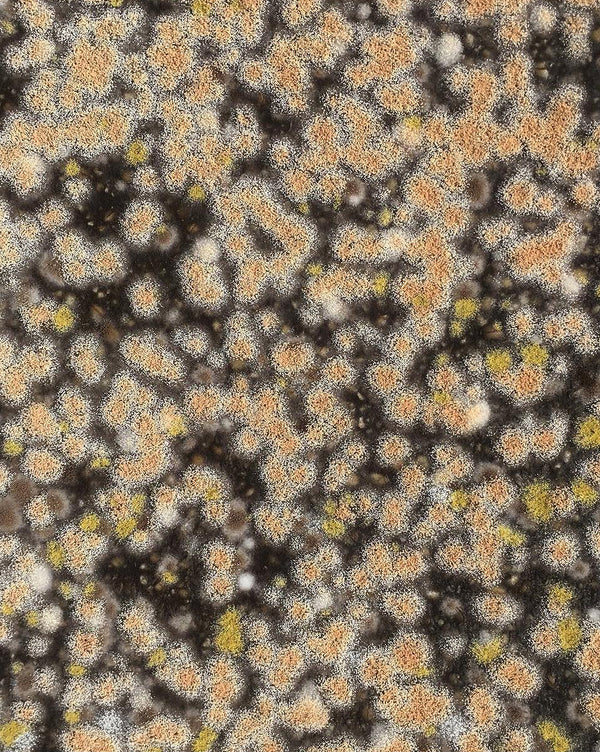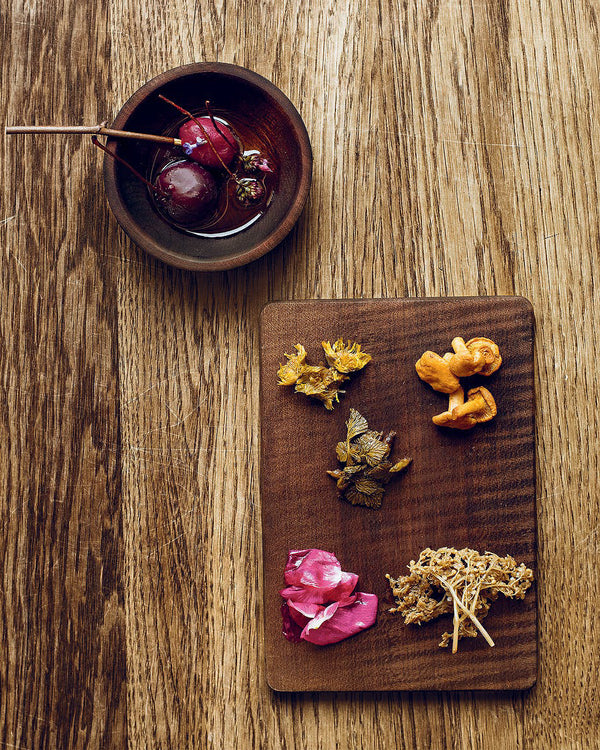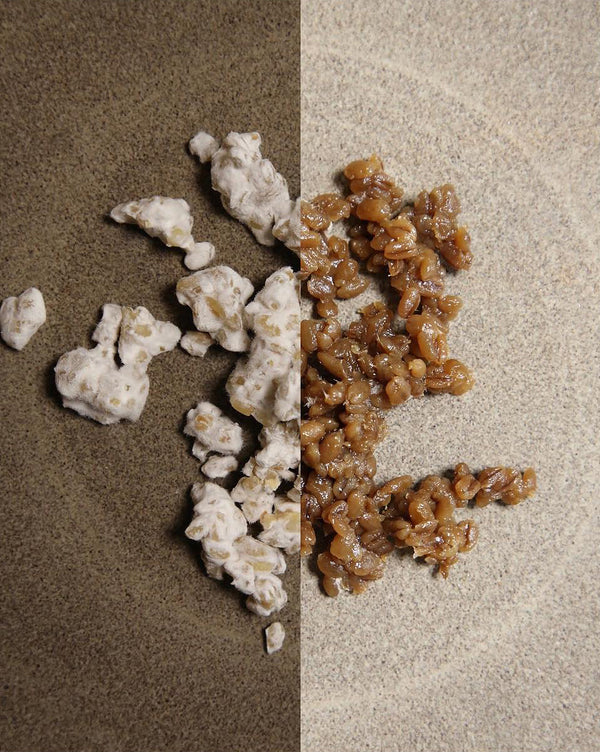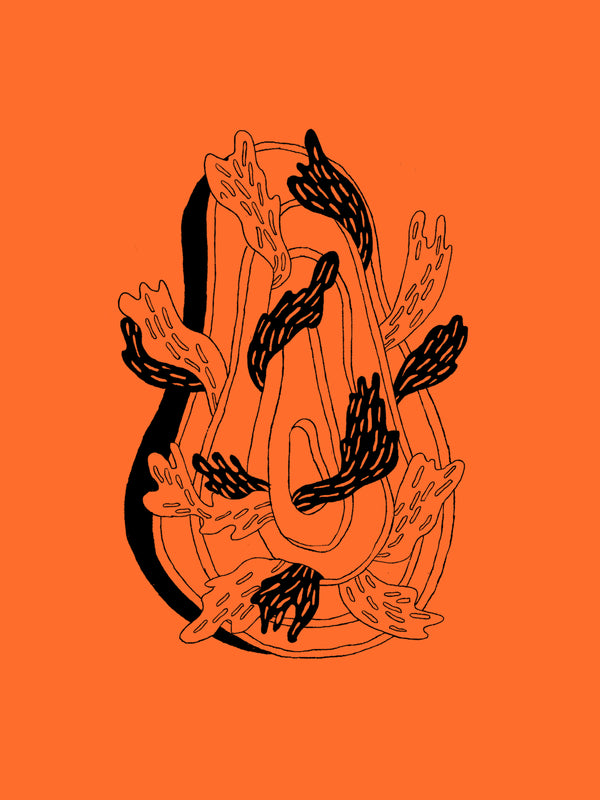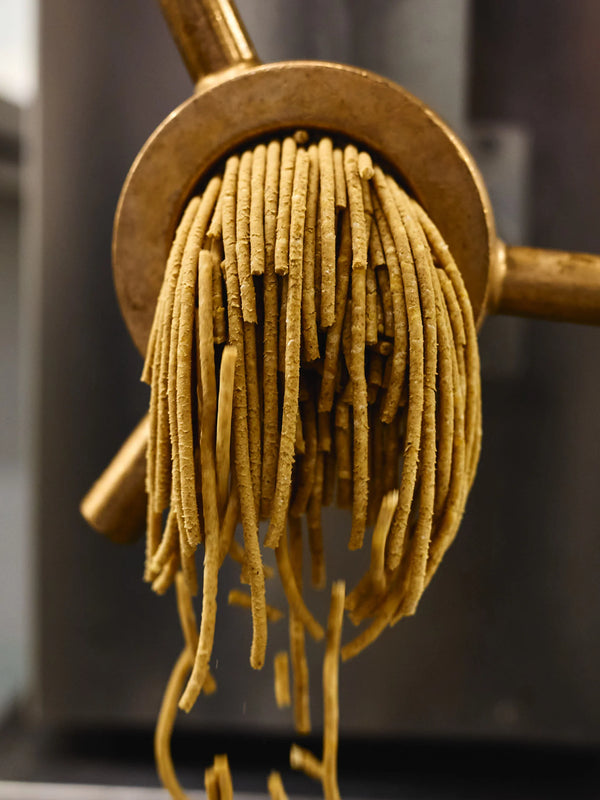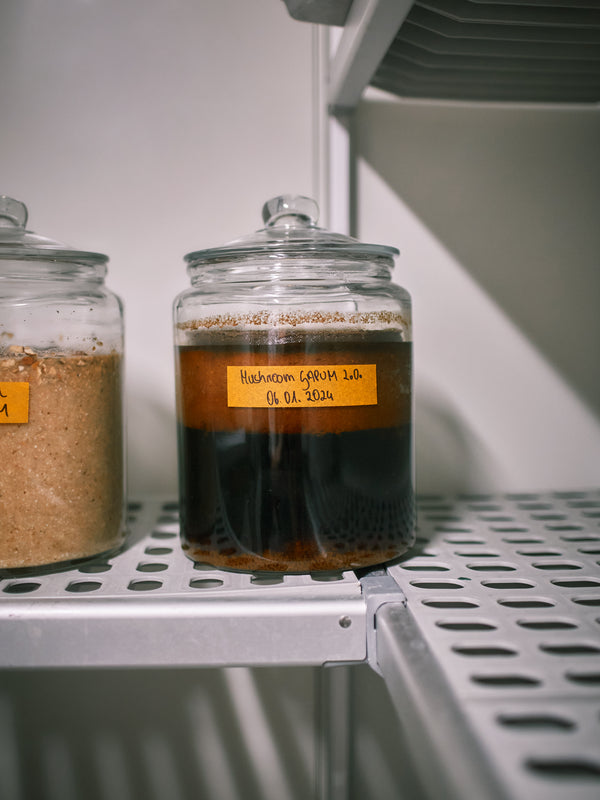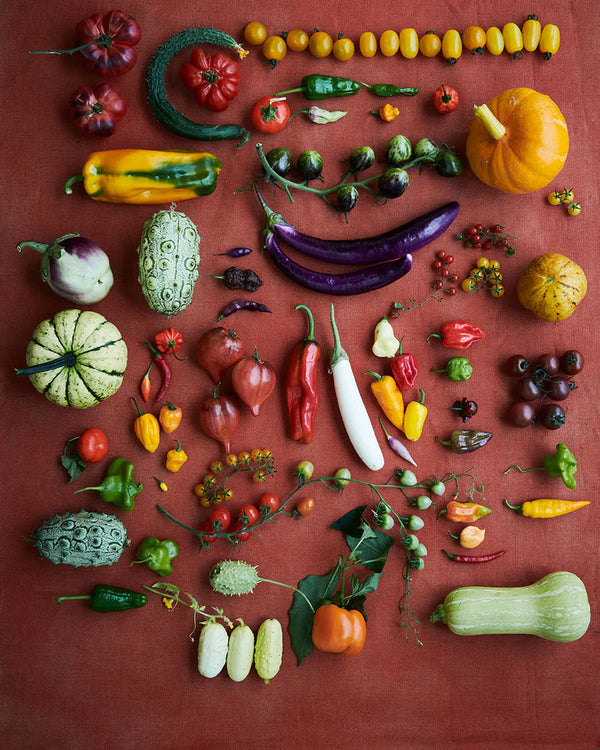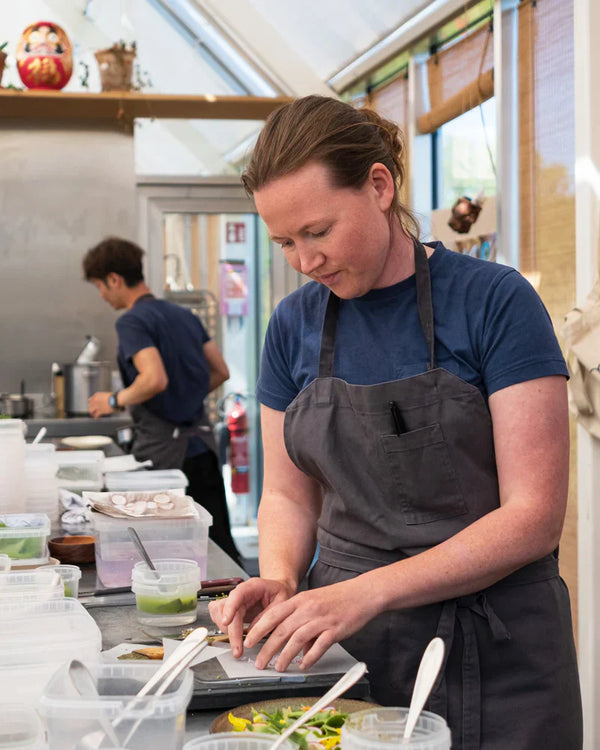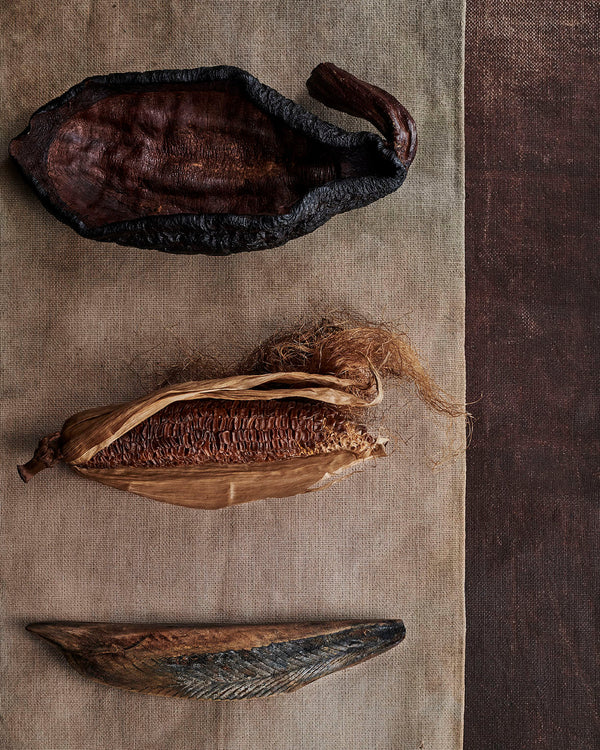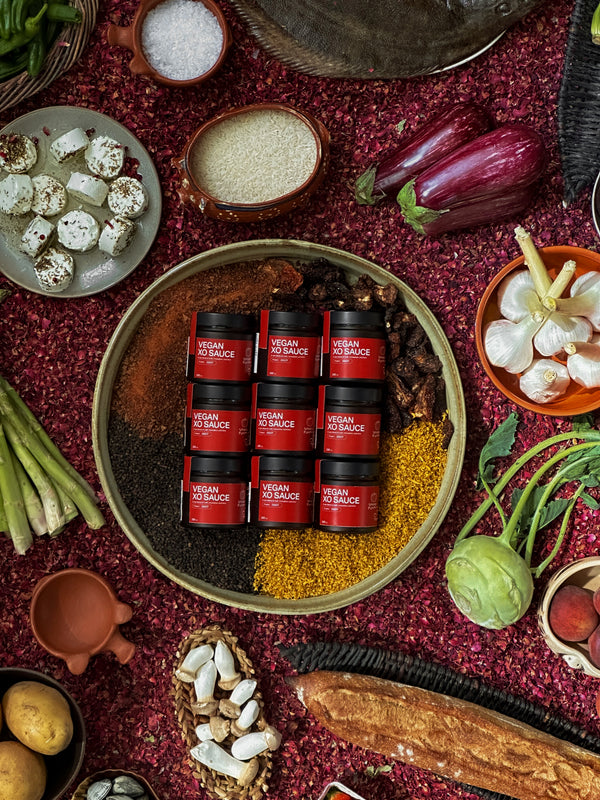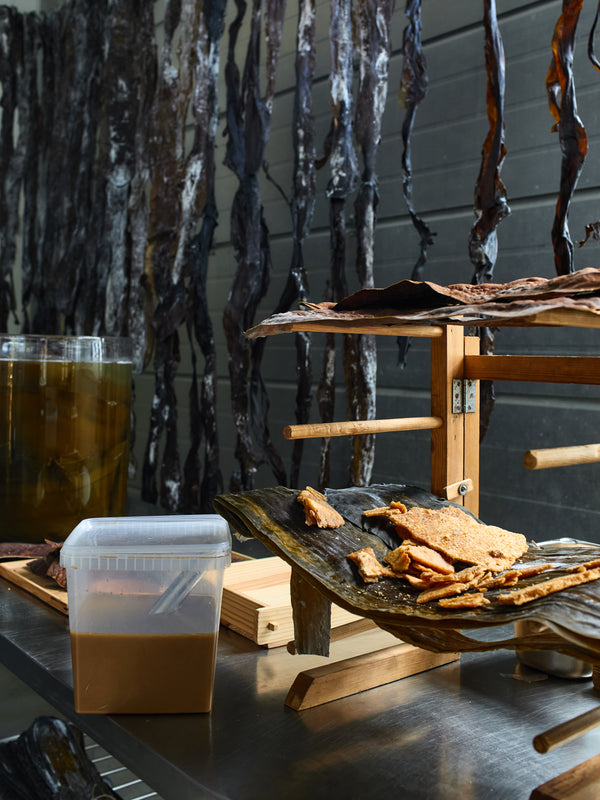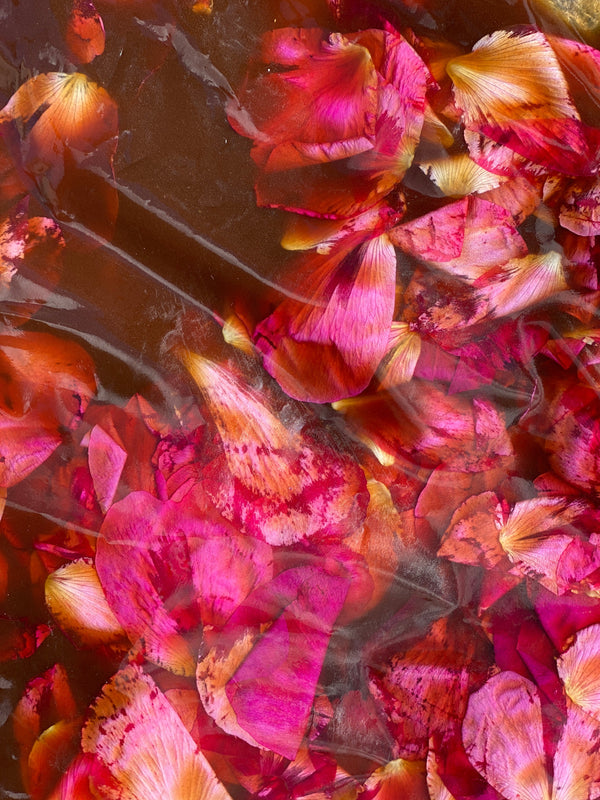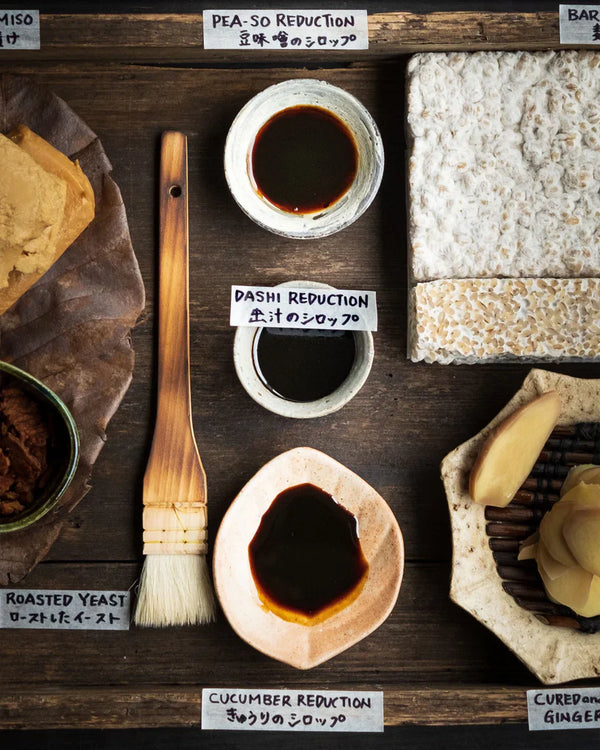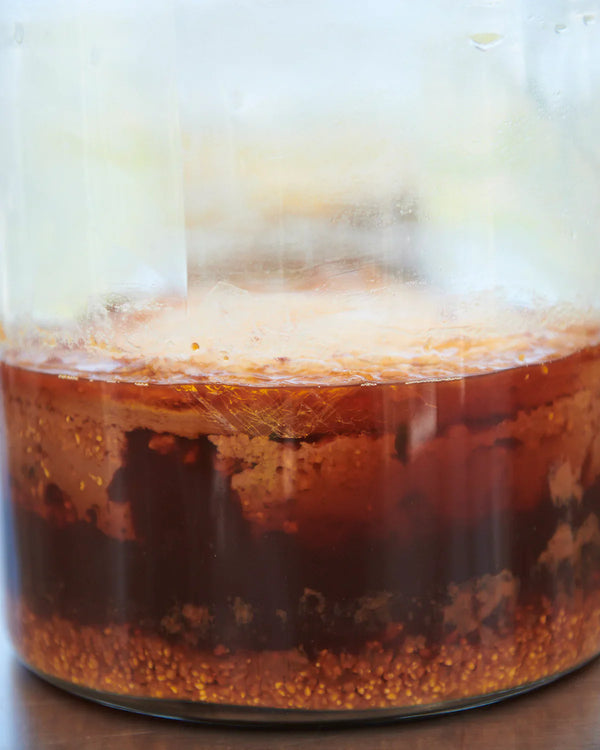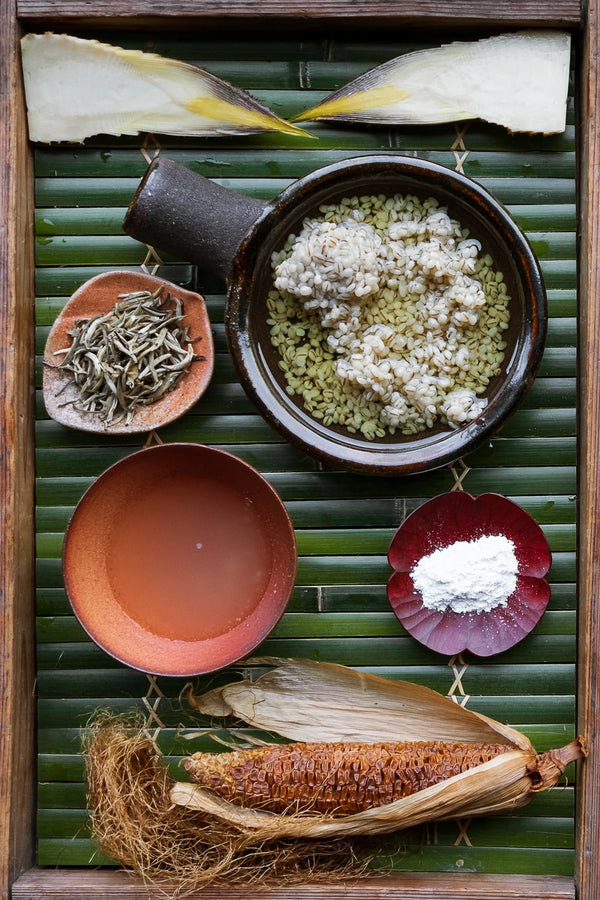We are walking with Samaria López. She farms coffee together with her sisters—Rosa, Olavia and Cecilia—in the valley of Tenejapa. Here, coffee is planted within a dense forest of other trees, including bananas, plantain, and citrus. Walking in their shade, you get the impression that every second plant is edible. Indeed: as we walk, Samaria slices rhubarb-thick stems, peeling them before handing them to us to try. They have a succulent, crisp texture and bright herbaceous flavor (“we eat this every day”). In the next moment we are peeling ripe oranges.
That the coffee appears to grow wild is not to say that it isn’t cared for. Subtle manipulations of growing conditions are at play here: yucca is planted in areas of the forest prone to drying out (their roots are amazing water-retainers), while shade trees are pruned strategically to minimize leaf rust on the surrounding coffee trees (increased airflow prevents build ups of moisture). Samaria speaks about each coffee tree as a unique individual. “My sister planted this one 12 years ago”, she says, or “My father planted this one 40 years ago”—statements which roll easily off the tongue.
As we taste through coffees at the end of our trip, we encounter lot sizes ranging from as little as 50 kilos to a maximum of 300. A tiny scale. It would be a fair assumption that here they blend several lots together for the sake of convenience. But doing so would go against the intuition of those who farm it.
Samaria’s land is shaded by a dense forest.

”We eat this every day.”
When Jesús set out to build the Beneficio Communitario Sibactel in Tenejapa, he expected it to follow the same blueprint as set out by one he had already set up in Aldama, a community processing station to which surrounding farmers bring their coffee cherries to process. The cherries would all be mixed, each day’s picking becoming a single lot.
This concept didn’t get picked up in Tenejapa. Valuing autonomy, the farmers preferred to handle their coffee cherries themselves, delivering complete (if tiny) lots of finished, parchment coffee to Sibactel. On the drive back to San Cristobal that evening, we wonder whether this is the result of a cultural nuance. In Tenejapa, they are Tzeltal by origin, rather than Tzotzil as in Aldama, which is two hilltops over. Both are indigenous Mayan identities with distinctly unique characteristics, from the way of weaving fabric and making clothing to body language and even dialect.
As the car passes over what feels like the 100th makeshift speed bump on our way home, I think again about how Samaria referred to her coffee trees: treating each one with individual attention. When asked whether she had seen coffee being intensively farmed, she replied with a quizzical expression. Not only had she not, but she couldn’t imagine a system of farming which reduced a rich ecosystem of individuals—each with unique needs—to a monoculture of carbon copies.
To meet a quota of say, 1000 kilos of Tenejapa Garnica split up into tiny lots, a roaster will have to do many times the work, profiling, quality controlling, and packing. On the surface, separating these lots complicates things, but dig a little deeper and you discover the value of differentiating them. Although they share a last name, Severiano Intzín’s Garnica is different to that of Emilio Intzín. Across these tiny lots are many different expressions of Tenejapa Garnica. To handle them for what they are—precious, singular gifts—is our primary concern. By separating them, we allow each of them to express themselves more fully, with heightened clarity. It is for this reason that in our first subscription release, while some may receive one lot of Tenejapa Garnica, some will receive others. Each coffee will taste all the better for it.
Days later, we are taking a long walk in the 245-hectare plot of finca Cafeología—Jesús’ coffee farm located in the Cerro Brujo—some 3 hours south of Tenejapa. This mesophyllous mountain forest, or “cloud forest”, is a unique ecosystem, protected from the dry savannah surrounding it by a layer of thick cloud. This makes it an ideal environment for coffee cultivation. Only a mere 5% of the Mexican landscape is comprised of mesophyllous forest.
“For me, the most inspiring coffee trip has been to visit the cooperatives of Ethiopia,” Jesús says. He had considered the question for a few moments before answering. “I learned a lot from these experiences about community-driven coffee systems... of course, the wild coffee forests of Ethiopia are also inspiring places.”

Jesús at Finca Cafeologia.

Coffee was introduced to the highlands of Chiapas as recently as the 1970’s.
Wild: the Tenejapa plots certainly look it, but in the context of Mexican coffees, we cannot really claim the term. Coffee was introduced to the highlands of Chiapas as recently as the 1970’s. Even the 60-year-old trees planted in Jesus’ cloud forest were brought there by the human hand. In the case of Ethiopia, however, this term is appropriately applied. It’s often touted as “the birthplace of coffee.”
A word on Buko Sayisa:
Buko Sayisa is a village located on the highest slopes of Hambela Wamena, Guji. Here, heirloom coffee cherries are grown at very high altitude—between 2100 and 2300 meters above sea level. This allows for the cherries to ripen slowly, building aromatic complexity. The fermentation of this coffee, dried still in its fruit, also occurs more slowly, producing a cleaner cup with fewer off-flavors.
The Oromo people of Guji region have their own myths surrounding the introduction of coffee to their region. Instead of the oft-touted story of Kaldi the goatherder, the Oromo tell tales of their sky god, Waaqa, weeping over the death of his loyal servant; his tears cause a new plant to spring from the earth. Since the 10th century, coffee has been revered in Oromo culture. Coffee beans have long since been fashioned into rudimentary energy bars by combining them with some kind of fat.
With coffee so intertwined with the culture, Guji farmers are still attached to their traditional means of farming. In much the same way as in Tenejapa, coffee is planted among many other plants, such as trees and edible crops, that sustain the farmers and their families.
This rich cultural history (and delicious coffee!) motivates us to source coffee in Ethiopia despite the complicated political climate. Since the fall of its 3000-year empire in the 1970s, the country has been in a near-constant state of conflict, as various groups jostle for power. This makes it rather difficult to explore the coffee landscape on the ground, so we have instead opted to source through trusted importing partners before making a more focused visit to farmers/cooperatives whose coffees we enjoy.
So, it seems that it’ll take us a little longer to reach the ancient arabica forests of Ethiopia. Thankfully, we know how to be patient—it took a long time before we met our first coffee trees, so we can probably wait a little longer. In the context of a project we hope to sustain for decades to come, it’s a small price to pay.
There is still so much to say, but there is time. This is just the beginning. As I type these words, I’m saturated with jet-lag, fresh from a 3-plane journey back from Chiapas, Mexico. My head is swimming with impressions, insights, ideas for the future. We can’t wait to share all of it. Thank you for being here with us.”

Severiano Intzín — featured in our first release of the Noma Kaffe subscription.

